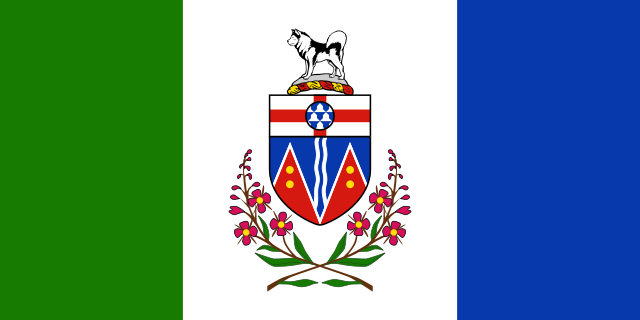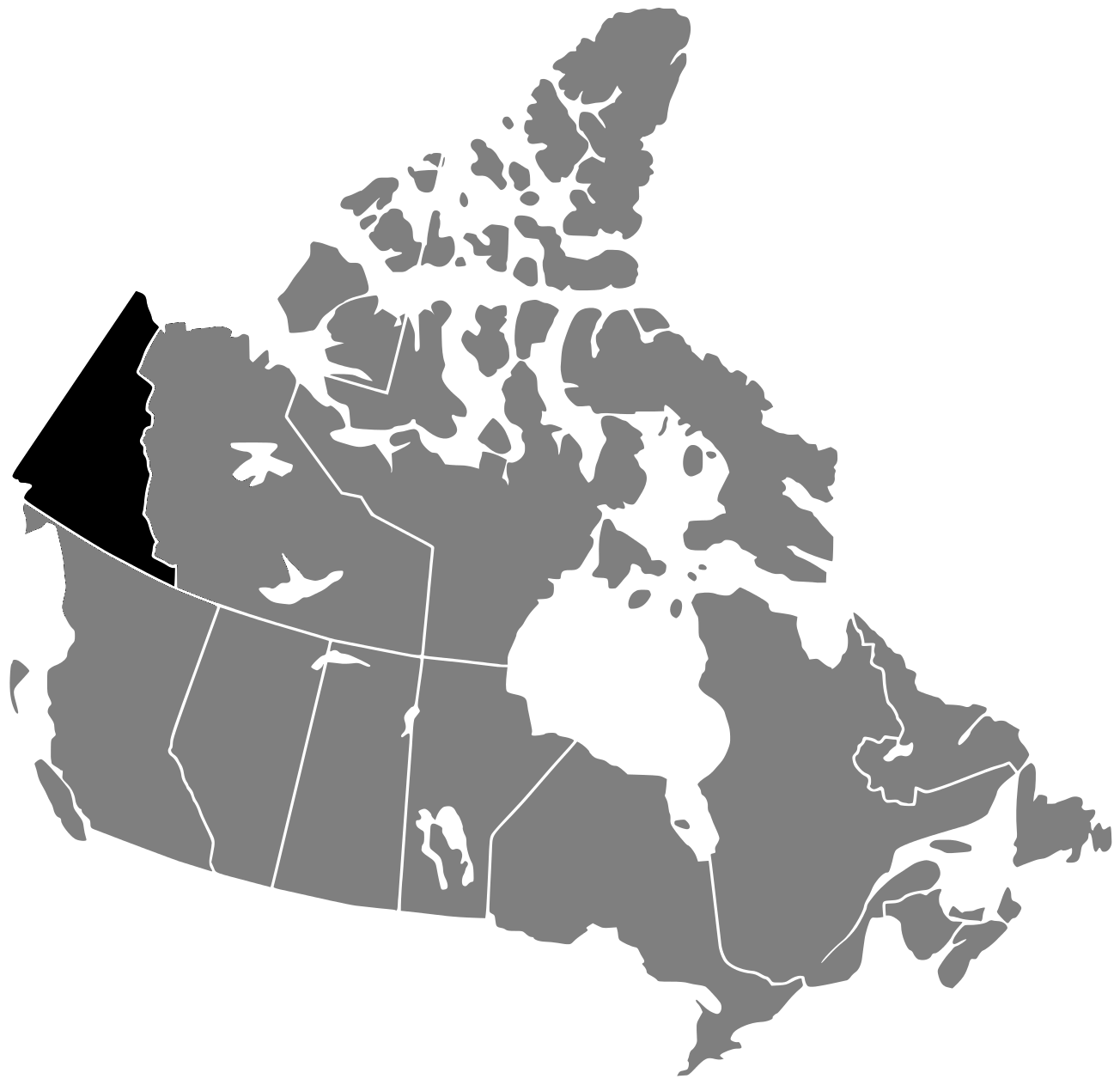Canada’s Arboreal Emblems:
Yukon — Subalpine fir (Abies lasiocarpa)
Return to our Arboreal Emblems of Canada resource homepage here:
Canada’s Arboreal Emblems →

Return to our Arboreal Emblems of Canada resource homepage here:
Canada’s Arboreal Emblems →


Subalpine fir is a medium-sized conifer, growing up to 30 m tall and 75 cm in diameter. Normal longevity is 200 years. The trunk is cylindrical, the branches are short and drooping, and the narrow crown is dense and spire-like. The erect needles are 2.5-4 cm long, round or notch-tipped, and grey-green to light blue-green with lines of white dots on the lower surface. The erect, barrel shaped, grey-brown to deep purple seed cones are 4-10 cm long. The young bark is smooth grey with resin blisters, becoming irregular and scaly with age. Hardiness zone 0.
Subalpine fir is lightweight, soft, tasteless, and odourless. There is no distinct differentiation between heartwood and sapwood. This tree is not suited to landscaping and is more suited to growing in its natural range. The wood is low in bending and compressive strength. It is primarily used for products such as lumber for home construction, for prefabricated wood products, poles and pilings (requiring preservatives). It is also used for boxes, crates, milled shapes, doors, frames, food containers, and pulp.
Subalpine fir is the most widely distributed fir in North America. It occurs chiefly in mountainous areas from the Yukon interior near the tree line and along the coast of southeastern Alaska, south through western Alberta and British Columbia, to southern Colorado and scattered mountain ranges of the US southwest.
[content_block id=2872]